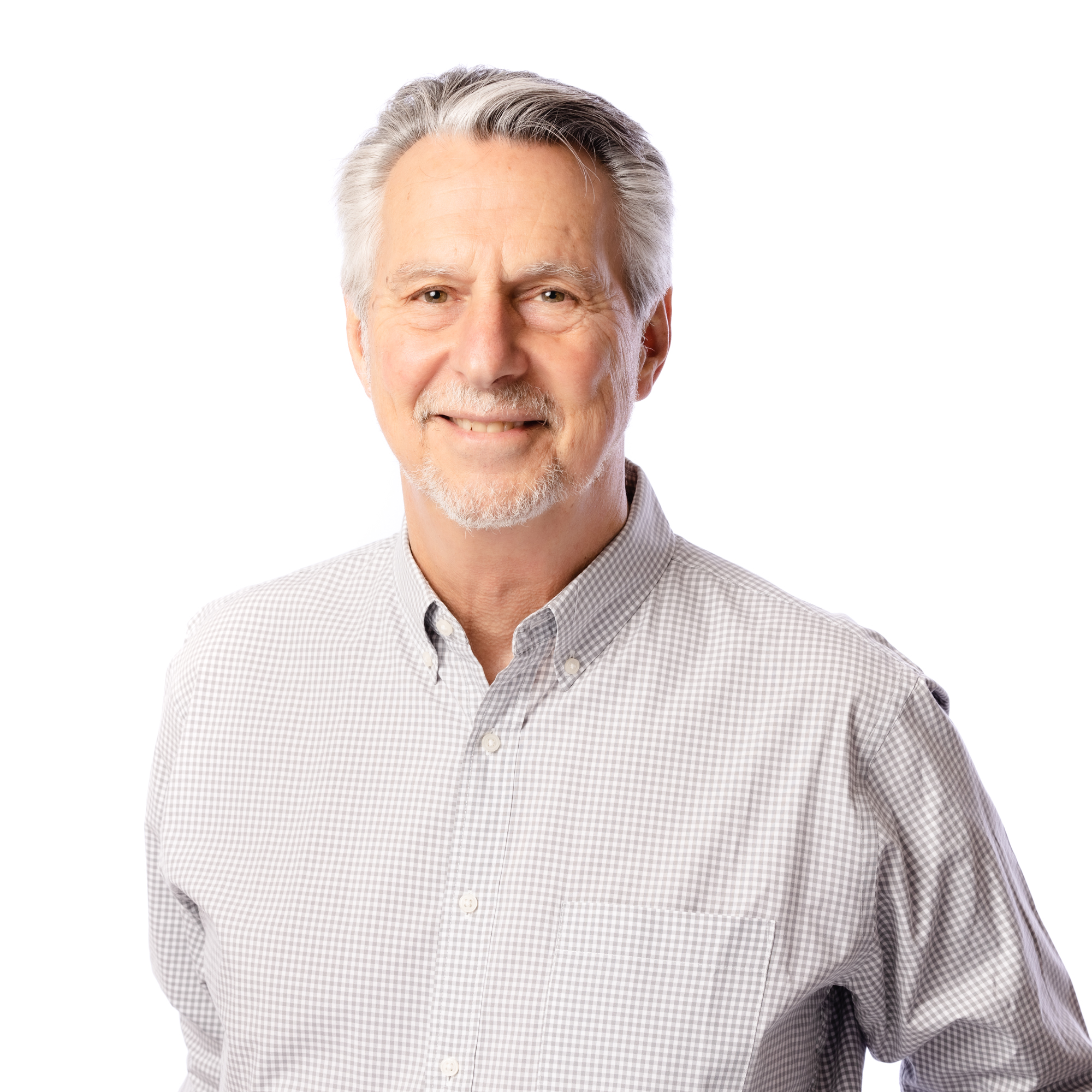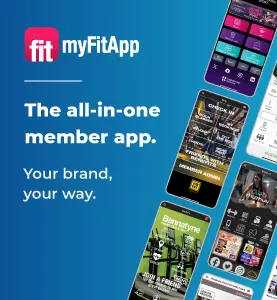Building endurance typically involves a combination of increased volume of training and steady-state exercise and interval workouts, but this can lead to overtraining and injury. However, preliminary evidence has found exercise in conjunction with passive heat afterwards – such as hot water immersion – leads to endurance-related benefits, including increased plasma volume and greater red blood cell mass.
ACE enlisted the help of Lance Dalleck and his team of researchers in the High Altitude Exercise Physiology Programme at Western Colorado University to examine post-exercise passive heating strategies. The team examined the impact of wearing a sauna suit and hot water immersion on VO2max, lactate threshold and exercise economy.
The study involved 24 men and women, aged between 18 to 50, who were randomised into three groups. The control group performed exercise, but did not use either of the post-exercise passive heating strategies. One group used hot water immersion after exercise and the other group wore a sauna suit.
Hot tubs and sauna suits
At the start and end of the study, all participants performed a running test and their VO2max and lactate threshold was measured. All completed a three week, five-day-a-week training programme, which involved three days of moderate-intensity exercise (Monday, Wednesday and Friday), one HIIT session (Tuesday) and one steady-state session at VT2 (Thursday).
The two non-control groups underwent 30 minutes of passive heat recovery after every moderate-intensity session: one group sat in a hot tub and the other group wore full-body sauna suits. Both groups ingested core temperature sensors on two occasions during the heating protocols, to ensure they stayed below temperatures which might increase the risk of heat illness.
After three weeks, mean VO2max changes and lactate threshold changes in the sauna suit and hot water immersion groups were significantly greater than the control group. However, only the hot water immersion group showed significant improvements in running economy between baseline and three weeks.
In the control group, 50 per cent were categorised as VO2 responders meaning there was a greater than 3.2 per cent change in VO2max. But in the sauna suit and hot water immersion groups, 100 per cent of participants were VO2max responders.
Endurance boost
Based on these results, it was concluded that passive heating strategies following moderate-intensity continuous training, while keeping the core body temperature below dangerous levels, may lead to statistically significant VO2max and lactate threshold changes.
According to Dalleck, the most important element of the findings is the practicality of the post-exercise passive heating approaches, as the improvements in endurance-related parameters were obtained with minimal additional time and no additional training: “This strategy allows people to augment their training without adding volume or intensity. Performance gains can be achieved without increasing the risk of overtraining or injury.”
Post-exercise passive heating can also be used to preserve training adaptation if a client is travelling and can’t get to the gym, tapering a periodised programme or trying to preserve fitness levels during an off-season programme.
However, Dalleck says there are a few points to bear in mind before implementing post-exercise passive heat strategies. Exercise professionals should have a fundamental appreciation of the three critical performance-defining physiological parameters discussed in this research – VO2max, lactate threshold and economy – as this will provide a foundation on which to design comprehensive training programmes to optimise endurance performance.
Researchers do not know if more is better when it comes to post-exercise passive heating, so individuals should not go beyond the 30 minutes used in this research in an attempt to make further gains. In addition, they should not go above the temperatures used in this research, as reaching higher core body temperatures can be incredibly dangerous. Staying well hydrated during passive heating is also important.
























































